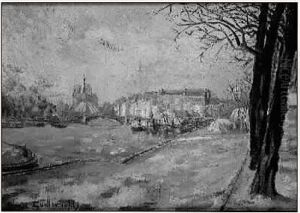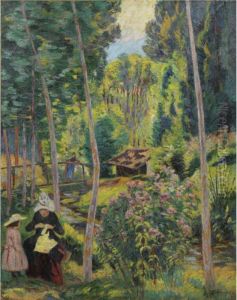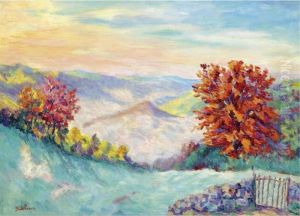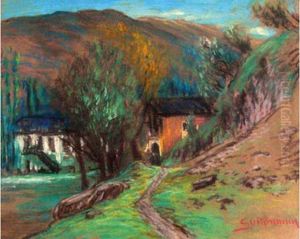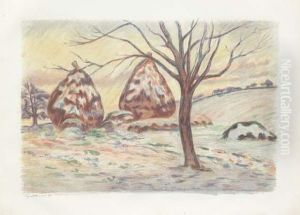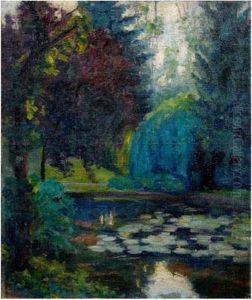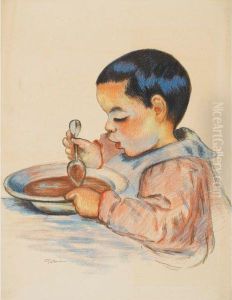Armand, Fils Guillaumin Paintings
Armand Guillaumin, born Jean-Baptiste Armand Guillaumin, was a French impressionist painter and lithographer. Not as widely known as some of his contemporaries, he nonetheless played a significant role in the Impressionist movement. Guillaumin was born on February 16, 1874, in Paris, France. He started work at an early age to support his family, but his passion for painting led him to evening art classes where he began formal training.
Guillaumin’s work is characterized by vibrant colors and bold compositions. He often depicted the landscapes of France in his paintings, with particular emphasis on the changing effects of light and atmosphere. His style evolved throughout his career, with his later works showing a stronger emphasis on the structural qualities of the land, though he never strayed far from Impressionism.
Despite facing financial difficulties for most of his life, Guillaumin was deeply dedicated to his art. He was a close friend of Paul Cézanne and Camille Pissarro, with whom he shared many artistic ideas and influences. Guillaumin's work gained recognition during his lifetime and he won the lottery in 1891, which allowed him to quit his day job and focus solely on painting.
Guillaumin exhibited regularly at the Paris Salon and was a part of the first Impressionist exhibition in 1874. His work was also featured in six of the eight subsequent Impressionist exhibitions. Later in his career, he exhibited with the Independent Artists and continued to be active in the art community until his death.
Armand Guillaumin passed away on June 26, 1927, in Orly, Val-de-Marne. Today, his paintings can be found in many major museums around the world, and he is celebrated for his contributions to the development of Impressionism. His legacy is that of an artist who, despite limited resources and recognition, pursued his artistic vision with relentless passion and became an integral part of a movement that forever changed the landscape of art.
